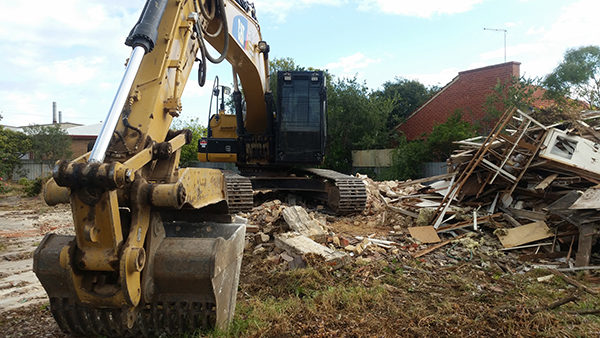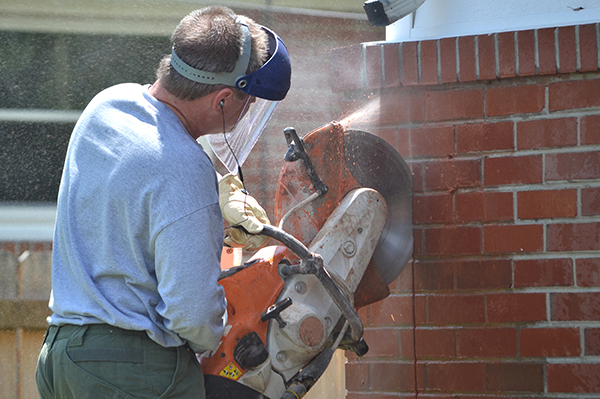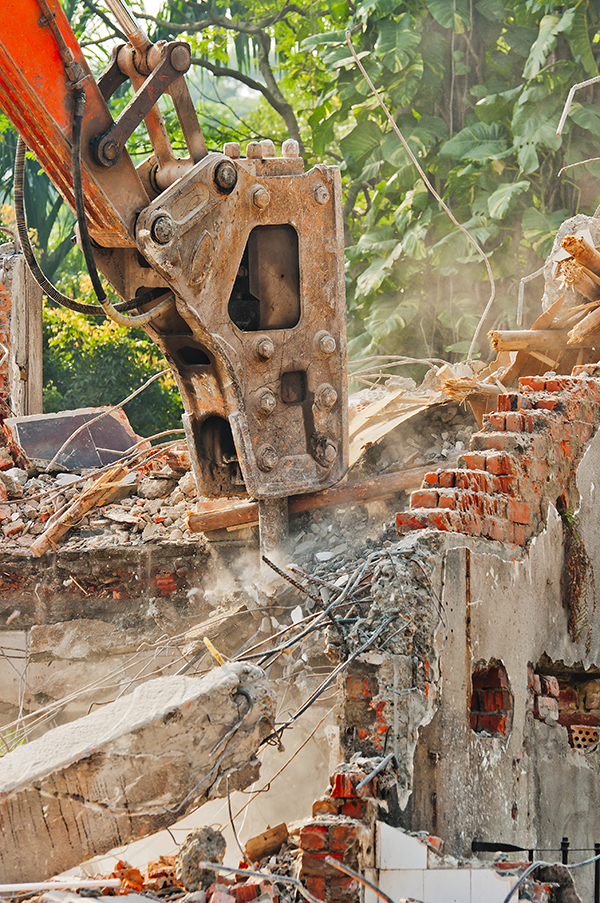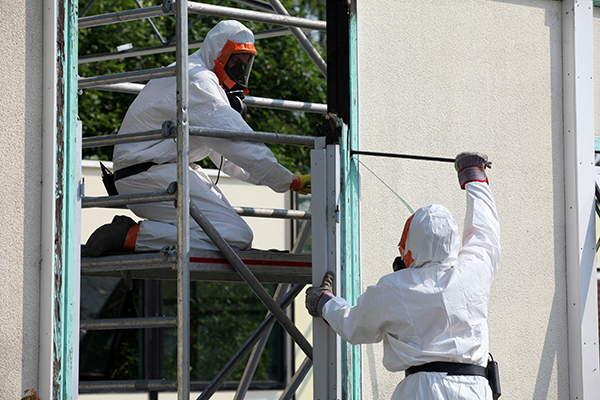Safety Measures for Demolition Work

Demolition work means to knock down or dismantle a structure – or part of a structure – that is load bearing or related to the physical integrity of the structure.
A structure is a fixed or moveable, temporary or permanent constructed object. This incloudes:
- Buildings
- Sheds
- Towers
- Chimney Stacks
- Silos
- Storage Tanks
Demolition work is dangerous. You need specific skills, training and a licence to do it.
In Australia, Safe Work Australia has established safety requirements for demolition work. These requirements are outlined in the Code of Practice for Demolition Work.
Key safety requirements for undertaking demolition work in Australia
- Prior to starting all demolition operations, an engineering survey of the structure must be conducted by a competent person to assess the condition of the structure and the possibility of an unplanned collapse.
- Any nearby utilities must be located, secured, and/or relocated before demolition work takes place.
- A fire prevention and evacuation plan must be in place.
- First Aid and Emergency Medical Services must be available on site.
- An assessment of health hazards must be completed before any demolition work takes place.
- The employer must determine what PPE will be required for workers. This may include eye, face, head, hand, foot protection, respiratory protection, hearing protection, Personal Fall Arrest Systems (PFAS), and other protective clothing.

Demolition work involves controlling exposure to numerous hazards


Falls from height:
Falls from height are a predominant risk in demolition activities, representing one of the most recurrent hazards because workers frequently interact with tall structures or contend with unstable surfaces.
- Workers Must be harnessed and attached to suitable anchor point where the possibility of a fall from heights exceeding 6ft exists.
- Ladders should have a load rating of at least 265lb and be manufactured for industrial use.
- Ladders should be inspected for faults, such as broken rungs, stiles and footing before they are used.
- Do not face away from the ladder when going up or down, or when working from it.
Falling objects:
- Set up exclusion zones as required.
- Good housekeeping practices are the most effective way of preventing small objects from falling.
- Do not pull-down sections above your head, always remove sections in front of you.
- Plan the order in which the items should be removed to avoid remaining items becoming unstable and falling.
- Use designated spotters as required.
Structural instability:
Structural instability can lead to unplanned structure collapse, which can be extremely dangerous for workers.
- Remove systematically in the reverse order to which it was constructed.
- Walls should not be laterally loaded by accumulated rubble or debris, to the extent that they are in danger of collapse.
Accidents involving equipment:
such as being struck or crushed by an operating mobile plant, can also pose a significant risk to workers.
- Establish an exclusion zone and have clearly defined areas to keep pedestrians separate from mobile plant during all mobile plant operations.
- All team members must wear Hi-Visibility vests or clothing.
- Never assume the plant operator has seen you or knows where you are.
- Communicate your intentions with the plant operator via radio or hand or head signals and ensure an appropriate response.
Explosion:
Explosion can pose serious safety and environmental risks during demolition works.
- Ensure the gas supply to the premises has been terminated and the lines have been purged.
- Ensure any spilled fuel, solvents or oils have been cleaned up prior to commencement of work.
.
Hazardous Substances
Airborne contaminants, such as asbestos or silica, can pose a significant health risk to workers.
Proper planning, training, and safety measures are essential to mitigate risks.
All of these controls should be considered when preparing a Safe Work Method Statement (JHA) for demolition works.


